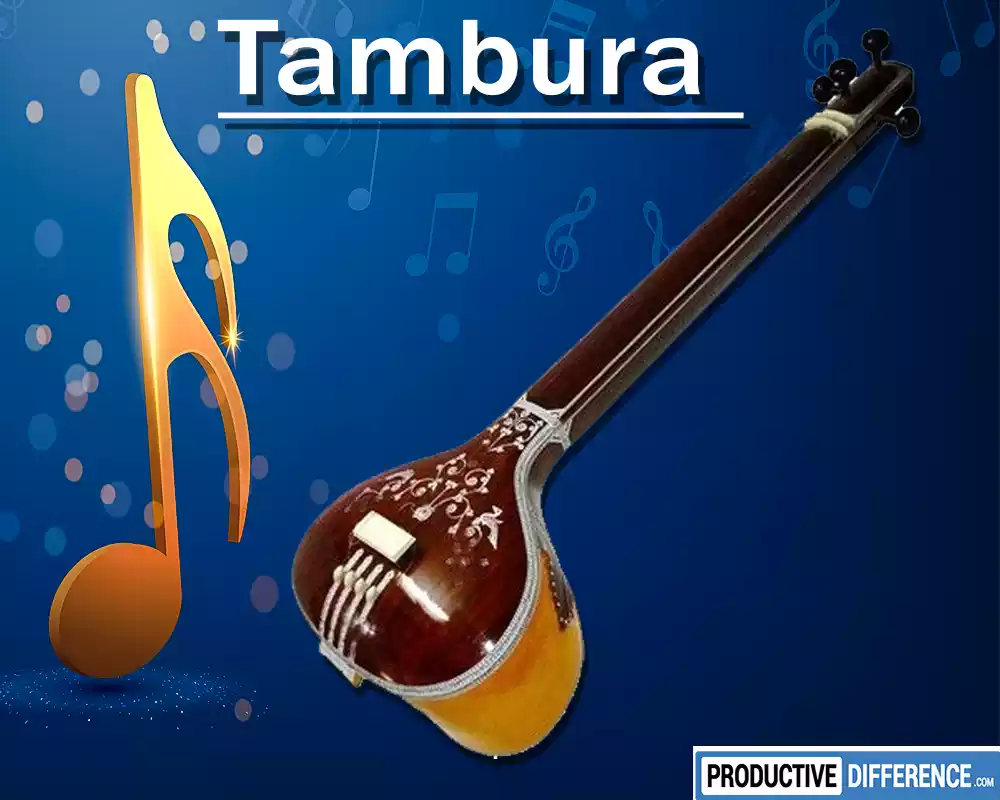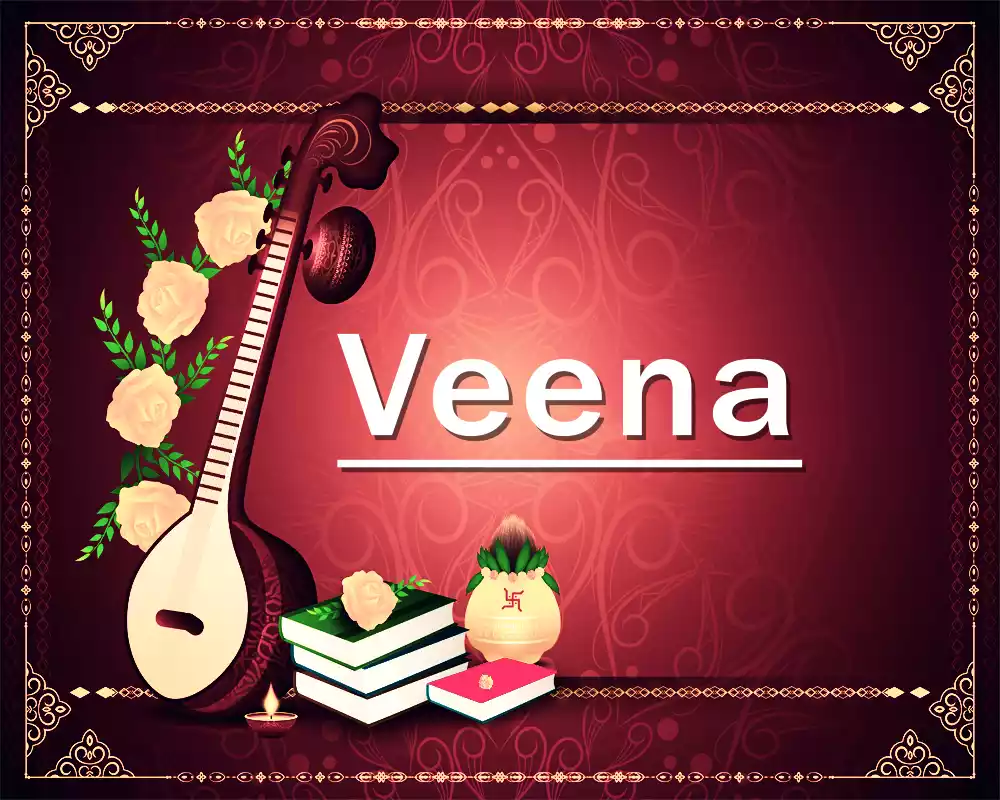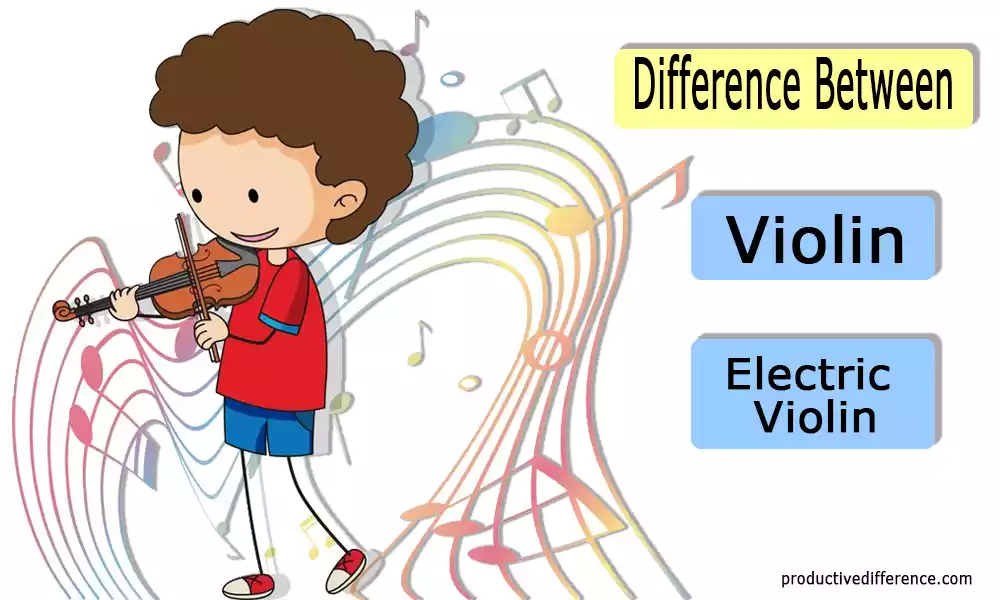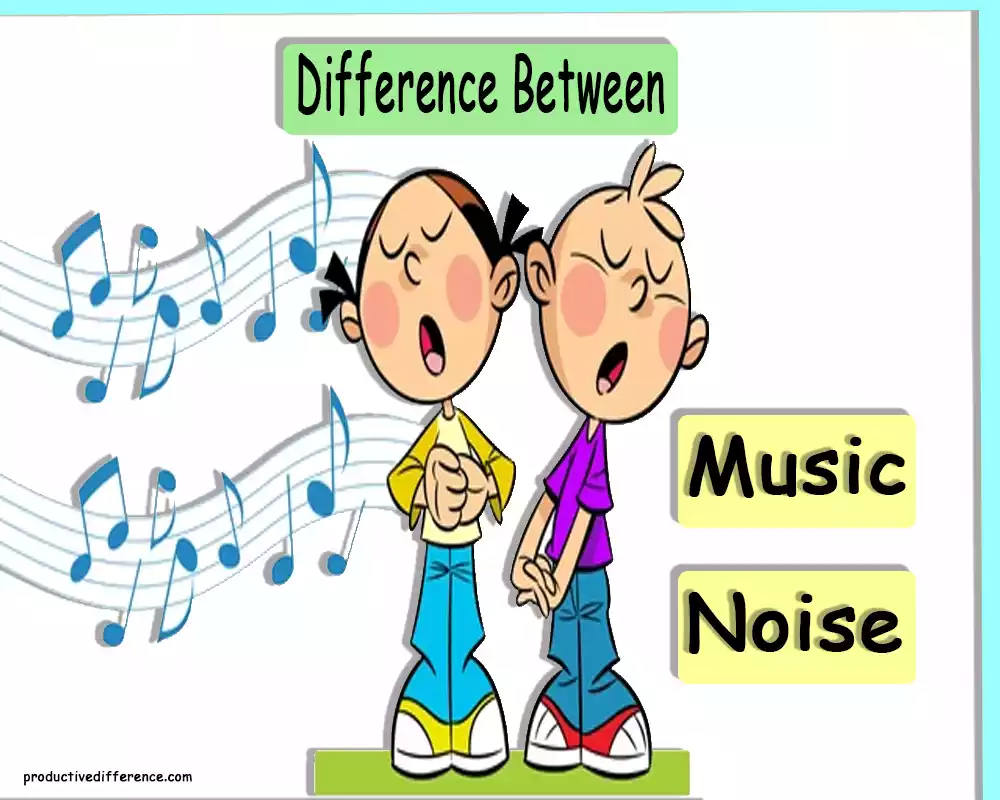Tambura and Veena are the two types of musical instruments that are specially used in India. Tambura, a plucked-stringed string instrument, is used to fix the Shruti, or voice alignment, or sound alignment, during a performance. Veena, a similar plucked-stringed stringed instrument, is used in Carnatic tradition.
History of Tambura and Veena
History of Tambura: The history of the Tambura can be traced back to ancient times, with references to similar instruments found in ancient scriptures and texts. Its origins can be found in various regions of India, where it has been an integral part of Indian classical music for centuries.
The Tambura has evolved over time, both in its design and playing techniques. Its roots can be found in the ancient stringed instruments such as the Rudra Veena and the ancient lutes. These instruments served as a foundation for the development of the Tambura as we know it today.
Tambura’s significance in Indian classical music grew with the establishment of the raga system, which is the melodic framework of Indian classical music. As the Tambura provides a constant drone, it became an essential instrument for creating the tonal center and establishing the mood and atmosphere of a performance.
History of Veena: The Veena has a long and illustrious history, dating back thousands of years. It is considered one of the oldest stringed instruments in the world. The origins of the Veena can be found in ancient Indian texts and scriptures, where similar instruments were mentioned.
The early forms of the Veena were made of wood and had a gourd resonator. Over time, the instrument underwent various transformations, resulting in different styles and designs. The Veena became a symbol of art, culture, and spirituality in ancient India, and it was associated with goddess Saraswati, the deity of knowledge and music.
The Veena gained prominence during the medieval period when it became the primary instrument for performing Dhrupad, a form of Indian classical music. It flourished in the royal courts and was patronized by kings and emperors.
Throughout history, different schools of Veena playing emerged, each with its own distinct style and techniques. The various regional styles, such as the Rudra Veena, Saraswati Veena, and Vichitra Veena, added to the diversity and richness of the instrument.
Today, the Veena continues to be cherished as a classical instrument and is widely recognized for its deep spiritual and aesthetic qualities. It remains an important part of Indian classical music, carrying forward the legacy of centuries of musical tradition.
The histories of both the Tambura and Veena are intertwined with the evolution of Indian classical music. These instruments have played a vital role in shaping the musical landscape of India and continue to enchant audiences with their unique sounds and cultural significance.
Tambura
The Tambura has a very long neck and is plucked. Tambura’s body is similar to that of Sitar. Veena has frets, but the Tambura does not. Tamburas are available in different sizes and have four or five strings. The strings are plucked one by one to create a harmonic resonance of the fundamental note. This basic note is known as Shruti.
Tamburas are different sizes for male vocalists and female vocalists. Tamburas used by male vocalists have an approximate open string length of one meter. The tambura of female singers, on the other hand, is about three-quarters the size of that used by male singers.

The word “tambura” is formed from the combination of two words: tan, and pura. Pura is the word for ‘fullness’, while Tan represents a musical phrasem. Tambura is available in three styles: Tanjore, Tamburi, and Miraj. The Hindustani classical musicians use the Miraj style, whereas the Carnatic musicians prefer the Tanjore. Tamburi can be used by solo instrumentalists as a form of accompaniment.
In the early stages of learning music, the harmonium is usually used instead of the tambura. Experts in Tambura playing assist the principal performer with meticulous diligence. Tambura musicians are recognized for their contribution to music.
The tanpura, or tambura in South India is a stringed long-necked instrument. It’s used to create a drone. The tempura is an important part of Indian Classical Music. It does not produce melodies but it provides a constant harmonic accompaniment to the musicians or instruments. Named after the root words “tana”, and “pura”. Tana is a musical expression, while Pura signifies “complete” or “full”. It is the constant, regular, and continuous motion of picking its four strings that produces the continuous, harmonic sound. This soothes and silences the mind of the musician to the exclusion of everything else.
The tanpura emits audio similar to “AUM”, the primal sound of nature. The tanpura helps musicians focus and get into meditation. The tanpura helps musicians maintain their pitch (shruti) when singing, playing instruments or performing.
Sangit Parijat, a 1620 treatise about ancient Indian music, contains the first reference to the tanpura. The tanpura is not found in older texts or statues but was widely used by the time of that period. The tanpura was fully developed by the end of 16th century and appeared in many Moghul artworks.
Variants of Tambura
Tanpuras come in three different types:
- The style tanpura is usually used for Hindustani Music. It measures 3 to 5 feet in length, has a carved resonator, and a straight hollow neck. The base of the tanpura is flattened, which allows it to stand upright on its own.
- The Tanjavur-style tambura is used in Carnatic Music and looks different than its North Indian equivalent. The spherical portion is gouged from seasoned wood. It does not use gourd. The base and neck are usually smaller, with a flatter shape. This requires the musician to support the instrument at all times.
- Tanpuris is a small tanpura that’s used for instrumental soloists. They are usually about 2 to 3 feet in length, and have up to a total of 4-6 strings.
- electronic Tanpuras have become very popular with musicians, students and teachers. The tanpuras are lightweight, portable, and box-shaped. They also closely mimic the sound produced by the real instrument. Most purists dismiss electronic tanpuras as having little artistic value or sound quality.
The Construction of the Building
Tanpuras usually have 4 strings and no frets. Rarely can one find a tanpura with 5 or 6 strings. Strings pass across a bridge with a gently curved top. The jivari (literally “soul”) is responsible for the rich overtone sound.
You can manipulate the harmonic content of the tanpura by using a cotton thread and shifting it between the strings and the bridge. Each string has its own harmonic range and resonance. This unique feature is used by musicians to tune their tanpuras in order to showcase a specific “raga waroop”, or to show off the exclusive features of a certain raga.
Tanpuras come in different sizes and shapes. Tanpuras that are “male” are bigger and more powerful than those which are “female”.
Veena
Veena, an Indian string instrument. Veena, and variations of it, play an important role in Hindustani Classical Music and Carnatic Classical Music from both North India and South India. It is either a violin or a guitar, depending on which type of Veena you have. It is the construction and shape of the soundbox or resonator that makes the difference. Veena is spelled in many different ways, such as vina, Bina, or Beena. However, they are all the same instrument.
The veena is usually around one meter (3.5 feet) in length. However, the dimensions can change depending on how big the player is. Vainika is a person who sits cross-legged and plays the veena. Some veenas can be played horizontally across the lap, while others are held at an angle similar to a sitar.

Two resonators are located at the ends of the hollow wood body on the back. The larger resonator, which is the main one on the instrument body is situated near the back at the top. Modern versions of the veena use other materials, but traditionally, they are made out of gourds. The neck has 24 metal frets, traditionally embedded with hardened beeswax and charcoal powder.
Veena, a metal-wound string instrument that has four melodic strings and three drone strings on either side of the neck for rhythmic support. To produce sound, the strings are plucking to cause vibrations within the resonators. Vainikas pluck the melodic strings by using picks on their fingers while playing drone strings. Three octaves are available on the veena.
Variants of Veena
There are several different kinds of Veena instruments.
- Saraswati veenas: are arguably one of the most popular versions. The Veena is part of the family of lutes and has a hollow, pear-shaped resonator of wood attached to both the neck end and bridge. The second resonator made of gourd is smaller and less expensive than the first. The Saraswati Veena, which is usually made of jackfruit or a single wood piece (then known as Ekantha), is most commonly used in South Indian Carnatic Music.
- Rudra Veena: Rudra Veenas have a hollow, fretted neck and two equal-sized resonators below the neck (called Tumba). The gourd resonators and wood tubular body are both made out of bamboo or wood. The instrument, like most veenas, has 24 frets. However, these are brass-fitted wooden pieces that have been waxed to the neck. It is less common than other veenas, but it has a unique, rich sound.
- Vichitra Veena: Vichitra Veena differs from other instruments in that it does not have frets. It is also played using a sliding. This version of the Vichitra Veena has 13 sympathetic and five drone strings in addition to the four standard melody strings. Vichitra Veenas are most commonly used in North Indian Hindustani Music.
- Chitra Veena: Chitra Veena or Gottuvadhyam is similar to the Rudra Veena in shape and design, but it has 20 strings. It also features a fretless, fretless neck. The Rudra Veena is played with two gourds resonators at each end. Chitra Veena is a six-stringed instrument with three drones, 11 or 12 sympathetic strings, and 6 melody strings.
Various variations of the Veena also evolved into the instruments we know today. “Tritantri Veena” has three instead of four strings and was one of the major precursors of sitar. Saradiya Veena was the forerunner of the Sarod, and Pinaki Veena the Sarangi.
Veena Mechanics
The player can adjust the tension by attaching the Veena string to the tuning pegs and bridge. There is no standard tuning for the veena. Birudais are the traditional tuning knobs, which are made from wood. They have smaller springs for making minute adjustments. The wooden pegs can be affected by weather, so veena players often use metal guitar pegs.
The veena’s strings are unique compared to other instruments. As a fretted instrument, the veena is unique in that the ends of its strings are not sharp but curved. The sound is also more gentle because the strings of this instrument aren’t pushed all the way down to the base. This allows for the constant control of tension by the player.
The key difference between Tambura and Veena
The key difference between the Tambura and Veena lies in their function and purpose within Indian classical music. The Tambura serves as an accompanying instrument, providing a steady drone or reference pitch throughout a performance. Its role is to establish the tonal center and provide a harmonic foundation for other musicians.
On the other hand, the Veena is a melodic instrument that carries the main musical themes and improvisations. It is played solo, showcasing the artist’s virtuosity and creative expression. The Veena produces intricate melodies, allowing for slides, glides, and elaborate ornamentations, while the Tambura focuses on creating a continuous harmonic resonance.
In terms of structure, the Tambura is relatively simple, with a resonating chamber, a long neck, and four strings. It lacks frets and is played by plucking or strumming the open strings. In contrast, the Veena is more complex, featuring a larger resonating chamber, a longer neck, and multiple strings (usually seven or nine). It has frets along the neck that enable precise control over pitch and tonality.
Overall, the Tambura and Veena have distinct roles and playing styles in Indian classical music. The Tambura provides a constant drone and harmonic support, while the Veena takes on the melodic lead, showcasing the artist’s skill and musicality. Both instruments contribute to the unique and captivating sound of Indian classical music, each with its own significance and contribution to the overall performance.
Comparison Table Between Tambura and Veena
| Tambura | Veena |
|---|---|
| The lute with a long neck and no frets. | The plucked-stringed instrument has frets. |
| In Indian classical music, it is used primarily as a drone sound or background. | The instrument is used for melodies in Indian classical and solo music. |
| The 4 strings are tuned to tonics and dominants of the chromatic scale. | The 7-stringed instrument has 4 playing main strings, 3 drone strings. |
| Strings are played either with a plectrum or with fingers. | Strings are plucked with fingers. |
| The tambura’s body is usually made from wood, and it has a pear-shaped chamber for resonating. | It is made from wood, and it has two resonators: a larger one at the end of the body and a smaller one at the opposite end. |
| Played in a vertical position with the tambura’s base on the ground, the tambura must be held while sitting. | Veenas are also held in horizontal positions on the laps of players. |
| It is often played as a supporting instrument and not in a melodic manner. | Veenas are capable of generating complex and intricate melodies when played in a melodic manner. |
| It is common to combine the tambura with other instruments such as bansuri, sitar, and sarod. | Veenas are often played as solo instruments or as accompaniment to other instruments such as the tabla and the mridangam. |
Playing Techniques of Tambura and Veena
Playing Techniques of Tambura
The Tambura is primarily played using a simple technique known as strumming or plucking. The musician holds the Tambura with one hand while using the other hand to pluck or strum the strings. The instrument usually has four strings, and they are plucked or strummed in a repetitive pattern.
The strings of the Tambura are typically plucked with the fingertips or sometimes with a plectrum. The musician maintains a steady rhythm and produces a continuous drone, which serves as a reference pitch for the performance. The Tambura player focuses on creating a harmonic resonance that supports other musicians and enhances the overall musical experience.
While playing the Tambura, the musician needs to be mindful of maintaining a consistent volume and pitch. The strumming or plucking technique should be gentle and controlled to ensure a smooth and continuous drone throughout the performance. The musician also needs to pay attention to the overall tonal quality and adjust the tension of the strings if necessary.
Playing Techniques of Veena
Playing the Veena requires intricate finger movements and precise plucking techniques. The musician holds the Veena with one hand while using the other hand to press the strings against the frets and pluck them.
The Veena typically has multiple strings, usually seven or nine, and they are made of metal or silk. The musician uses their fingers to press the strings against the frets, which are small ridges on the neck of the instrument. By pressing the strings against different frets, the musician can produce different pitches and create various musical intervals.
The Veena allows for a wide range of playing techniques and expressions. The musician can slide their fingers along the strings, creating smooth transitions between notes. They can also use glides, where the fingers smoothly move from one note to another. These techniques add a sense of fluidity and grace to the music played on the Veena.
In addition to sliding and gliding, the Veena player can also produce intricate melodic patterns and ornamentations. They can pluck the strings with their fingertips, creating a rich and resonant sound. The musician can vary the speed and intensity of their plucking to add depth and expression to the music.
Mastering the playing techniques of the Veena requires years of practice and dedication. The musician needs to develop precise finger movements, a keen sense of pitch, and a deep understanding of the instrument’s tonal capabilities. Through practice and experience, a skilled Veena player can create captivating melodies and bring out the true beauty of this ancient instrument.
Both the Tambura and Veena have distinct playing techniques that contribute to their unique sounds and roles in Indian classical music. The Tambura focuses on creating a continuous drone, while the Veena allows for intricate melodies, slides, and ornamentations. These techniques, honed over centuries, showcase the artistic mastery and rich musical heritage of India.
Importance of Tambura and Veena in the music industry
Importance of Tambura in the Music Industry
The Tambura holds significant importance in the music industry, particularly in the realm of Indian classical music. Its role goes beyond being a mere instrument and extends to shaping the overall musical experience.
Here are some reasons highlighting the importance of Tambura:
- Establishing the Tonal Center: The Tambura provides a constant drone or reference pitch throughout a performance. This drone helps establish the tonal center for musicians, ensuring they stay in tune and maintain proper intonation. It creates a harmonic foundation that guides the melodic and rhythmic elements of the music.
- Enhancing the Musical Ambiance: Tambura’s resonating drone creates a unique and captivating ambiance in Indian classical music. Its soothing and meditative quality adds depth and richness to the overall musical experience, allowing listeners to immerse themselves fully in the performance.
- Supporting Other Musicians: The Tambura serves as an accompaniment instrument, supporting other musicians and instruments in an ensemble. Its continuous drone provides a stable backdrop against which other musical elements can flourish. It creates a sense of unity and coherence in the music, enhancing the overall composition.
- Enriching Vocal Performances: The Tambura plays a crucial role in supporting vocal performances. It acts as a reference pitch for vocalists, helping them maintain proper intonation and pitch accuracy. The Tambura’s resonance blends with the human voice, creating a harmonic synergy and enhancing the expressiveness of the vocals.
- Preserving Tradition: The Tambura is deeply rooted in the tradition and cultural heritage of Indian classical music. Its presence in performances keeps the connection with the rich musical legacy alive. By incorporating the Tambura into contemporary music productions, artists honor and preserve the timeless traditions of Indian classical music.
Importance of Veena in the Music Industry
The Veena holds a prominent position in the music industry, particularly in the realm of Indian classical music. Its melodic capabilities and expressive nature contribute significantly to the musical landscape.
Here are some reasons highlighting the importance of Veena:
- Melodic Excellence: The Veena serves as a melodic instrument, capable of producing nuanced and intricate melodies. Its strings can be plucked to create a wide range of tonal variations, allowing musicians to explore the depths of musical expression. The Veena’s versatility and melodic richness make it a favorite choice for solo performances.
- Captivating Solo Performances: The Veena shines as a solo instrument, capturing the attention and hearts of listeners. Its ability to carry the main musical themes and improvisations makes it a captivating choice for showcasing the artist’s virtuosity and creativity. Solo Veena performances are known for their depth, complexity, and emotional impact.
- Aesthetic Appeal: The Veena’s elegant design and graceful aesthetics add visual allure to music performances. Its long, slender neck, resonating chamber, and intricate carving make it a visually captivating instrument. The Veena’s visual appeal enhances the overall sensory experience, creating a captivating atmosphere during live performances.
- Cultural Identity: The Veena is deeply intertwined with Indian cultural identity and heritage. It symbolizes the rich history and traditions of Indian classical music. By incorporating the Veena into their music, artists pay homage to the cultural roots and promote the legacy of this ancient instrument.
- Collaborative Possibilities: Veena’s versatility allows for collaborations with other genres and musicians. Its melodic capabilities make it compatible with various musical styles, including fusion, world music, and contemporary genres. The Veena’s unique sound adds a distinct and captivating element to collaborative music productions.
The Tambura and Veena, with their unique roles and distinct contributions, play vital parts in the music industry. They enrich musical compositions, create immersive experiences, and carry forward the cultural heritage of Indian classical music. Their importance extends beyond their individual capabilities, shaping the musical landscape and leaving a lasting impact on listeners and artists alike.
Final thoughts
Tambura and Veena hold significant importance in the music industry, particularly in the realm of Indian classical music. The Tambura establishes the tonal center, enhances the musical ambiance, and supports other musicians, while the Veena showcases melodic excellence, captivates with solo performances, and adds aesthetic appeal to music presentations.
The Tambura’s continuous drone sets the foundation for performances, providing a harmonic resonance that guides the musicians and enhances vocal expressions. It preserves the tradition and cultural heritage of Indian classical music, connecting the present to the rich musical legacy of the past.


